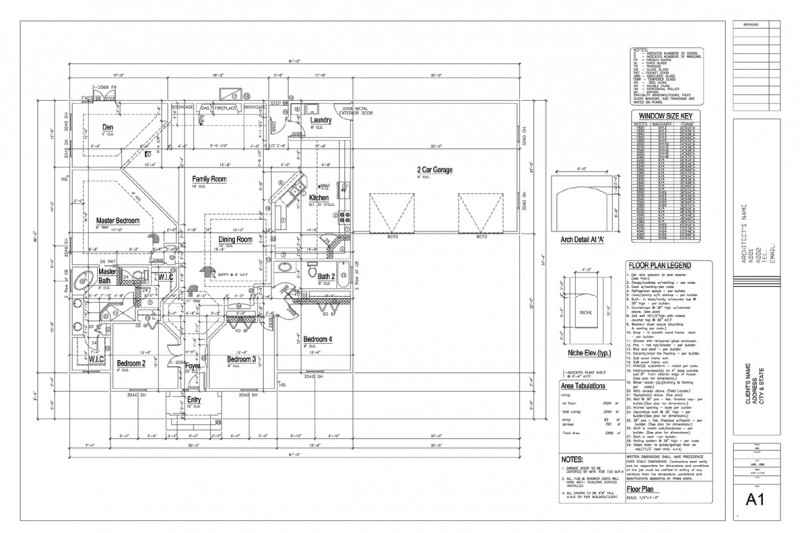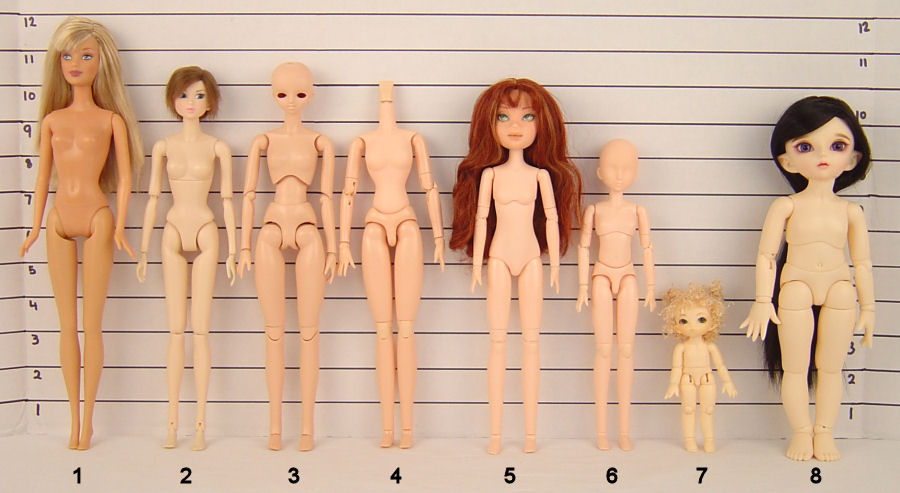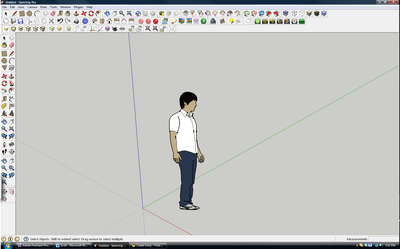Yesterday I was in Germany for a collaborative meeting with some researchers working with computing and spation reasoning. I presented a poster outlining the challenges of my PhD research. Schloss Etelsen, the venue, couldn’t be better for reflecting about space abstract modeling. Look at the site:

Coincidence or not, the 19th century castle had been used as an hospital for some years after World War II, when Healthcare still believed that nature, fresh air and good architecture could help healing patients. Today is hard to imagine a hospital working in this type of place. It doesn’t afford the current rationalization of healthcare services.
The inside is full of delighting details, like the intricate ceiling of the conference room. I found myself attracted by it so many times that it was hard to concentrate on the speakers.

I was specially intrigued by the uses of child bodies as wall columns. It contrasted so much with what was said about human spatial cognition… Most of the research presented there tried to develop models of spatial cognition that could fit into CAD and BIM in order to predict human behavior before buildings are built. The ultimate goal was to avoid evacuation traps, functional errors, surveillance blackspots. The models were based on the information processing theory that separates body from the mind. I guess they ignored the body because it’s not easily computable.
I don’t want particularly to criticize these works, but I was amazed by the uses of the human body that computing is doing for Architecture in general. CAD is making architects forget the body from Vitruvius Man, keeping just abstract circles and squares.
Look at the CAD generated floor plan below. It’s a home. It doesn’t look so much different from the plans that Vitruvius himself had drawn. As far as I know, there is a important difference: the proportions that Vitruvius employed were based on the human body and this one is based on material costs, industry standards, furniture sizes and other numbers you can extract from BIM.

This could be considered metaphorically as the current measures of the collective human body, but I don’t think that it could stand as a body anymore.
Modernity dilacerated the human body so much that attempts to sew it back again produce even frightener figures than Frankenstein.

Well… I know that it’s impossible to stop the abstraction train of modernity, but it’s possible to resist. It’s possible to bring back the body and make this abstractions a little bit more concrete, without losing quantifiable aspects.
Let me give one simple example. When you open Google Sketchup for the first time you don’t see a blank screen. You see a picture of a person, that’s used for giving users a notion of the proportion of their models. This figure also contributes to the general playful feeling of using Google Sketchup.

This is a static human body, but I’m thinking what could be achieved if we use active human bodies. Think about simulations that takes into account proxemics or territoriality, for instance. Actually, I don’t believe that simulations can anticipate human behavior with precision, but if they’re interpreted and manipulated by a real human, I believe they can be useful. Simulation is not as a substitute for human imagination, but could be used by it.
What if we use the body as a connection between simulation and imagination? I mean, using the body as a interface for manipulating simulations. Bodystorming + Augmented Reality?… Perhaps something like the game that my son like a lot to play with me: drawing houses on sand and performing stories. I’ll prototype something very soon.


